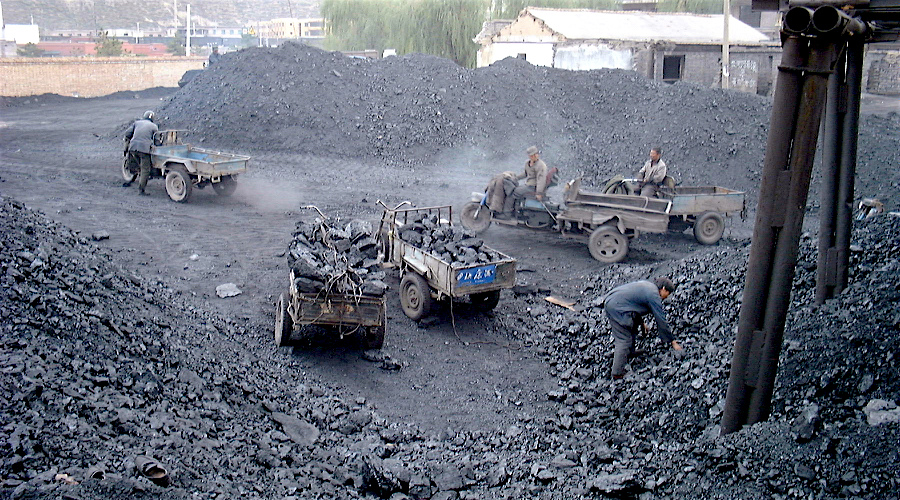China to reach target in cutting coal overcapacity by year-end

China’s effort to cut surplus capacity in the coal industry and, at the same time, manage pollution in most of its major cities, are paying off earlier than anticipated, with the world’s largest producer of the commodity anticipating it will reach its targets by year-end, which is earlier than planned.
In an interview with Bloomberg, Xu Shaoshi, chairman of the National Development and Reform Commission, said reducing overcapacity in the steel sector is also likely to surpass the nation’s annual goal.
By the end of August this year, coal production had fallen to 2.17 billion tons, down 10.2% from the same period in 2015. What’s more, according to the officer, China has begun importing more coal.
Reducing overcapacity in the steel sector is also likely to surpass the nation’s annual goal, according to the state planner.
Soaring coal prices, particularly the steel-making kind, have made the task more challenging. However, Beijing is forging ahead with its plans to shut more than 1,000 coal mines by the end of the year. It is also keeping its decision to not approve any new coal mines until at least 2019, and — most recently — China’s government limited coal mines to operating a maximum 276 days annually.
Over the next three to five years, the goal is to reduce total output to 500 million tons.
“The coal industry is being dismantled faster than demand is decreasing, which has led to the price of coal rising by 40% this year,” Frank Sieren, who has lived in China for over 20 years,” writes Frank Sieren for Deutsche Welle, Germany’s international broadcaster.
“Since February, there is a gap in production of 60 million tons based on the average monthly consumption of the past four years,” he notes.
Conversely, China is boosting its renewables sector. According to the UN’s annual environment report, Beijing invested a total of $103 billion or 36% of the world total on renewable energy last year.
The country also has 26 nuclear reactors currently under construction, another 40 in the planning stage and more than 100 being proposed which would require a five-fold increase in the country’s uranium requirements.
More News
{{ commodity.name }}
{{ post.title }}
{{ post.date }}




Comments